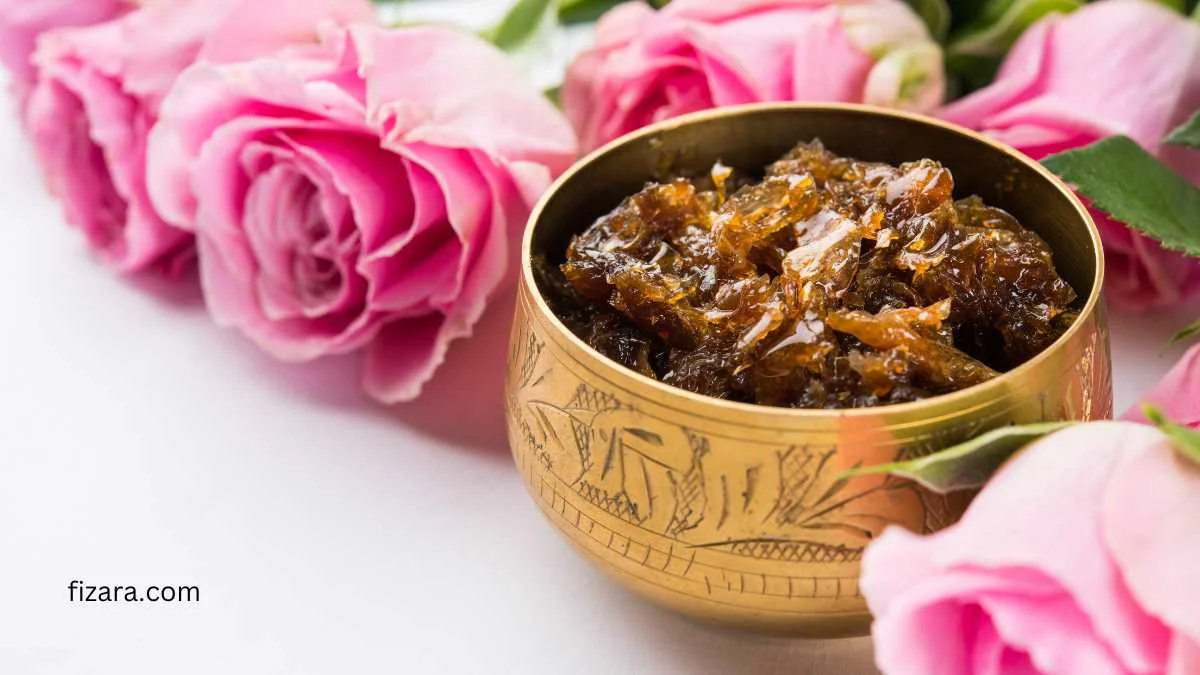Have you ever wondered what it takes to preserve a centuries-old culinary tradition? Traditional recipes are fading in a world where fast food and instant meals dominate. It’s not just about following a recipe; it’s about safeguarding cultural heritage. The delicate process of creating this sweet treat is under threat. How can these be overcome?
Preserving traditions isn’t easy. The process involves a mix of skill, patience, and dedication. The making of Pootharekulu, a traditional sweet, is a prime example. This intricate craft requires expertise that has been passed down through generations. However, modern challenges threaten its survival.
Maintaining the Authentic Recipe
One of the biggest challenges in preserving the Putharekulu recipe is creating ultra-thin rice starch sheets and filling them with jaggery, sugar, and ghee. This intricate art has been passed down through generations.
So, how can this be preserved? Sweet shops play a crucial role here. By hiring skilled artisans who have mastered traditional techniques, sweet shops can ensure the authentic taste remains unchanged. Offering training programs for new employees can also help maintain the quality and authenticity of the recipe.
Securing Quality Ingredients
The quality of pootharekulu sweet heavily depends on the ingredients used. Pure rice flour, fresh ghee, and high-quality jaggery or sugar are essential. However, sourcing these ingredients can be a challenge. With the rise of commercially produced ingredients, finding authentic, high-quality raw materials is inaccessible.
Sweet shops can tackle this by establishing solid relationships with trusted suppliers who provide authentic, high-quality ingredients. Additionally, they can opt for local produce, supporting farmers and ensuring the freshness and purity of the ingredients.
Labor-Intensive Process
Making it is a labour-intensive process that requires skill, patience, and a lot of time. This can be challenging, especially as the younger generation shows less interest in labour-intensive traditional crafts.
What can sweet shops do? They can introduce modern techniques and machinery that aid in the production process without compromising on traditional methods. This can help reduce the intensity of labour while still preserving its essence. Offering attractive wages and benefits can encourage more people to take up this craft.
Adapting to Changing Tastes
The younger generation often prefers trendy, contemporary sweets over traditional ones, which challenges keeping the tradition alive.
Sweet shops can address this by innovating and offering variations catering to modern tastes while keeping the traditional essence intact. For instance, experimenting with different fillings like chocolate, dry fruits, or flavoured ghee can attract younger customers. Additionally, effectively marketing these variations can help capture a wider audience’s interest.
Competing with Mass-Produced Sweets
The market is flooded with mass-produced sweets that are often cheaper and more readily available than traditional ones. This makes it difficult for handmade traditional sweets to compete.
Sweet shops can overcome this challenge by emphasising the uniqueness and quality of handmade sweets. Highlighting the traditional methods and the care taken in making each piece can appeal to customers looking for authentic, high-quality sweets. Offering samples, engaging storytelling about the tradition, and creating a solid brand identity can also help stand out in the competitive market.
Preserving Cultural Heritage
Pootharekulu is not just a sweet; it’s a part of cultural heritage. With modernisation, there’s a risk of losing this tradition. Ensuring that the knowledge and skills of making are passed on to future generations is crucial.
Sweet shops can contribute to preserving this cultural heritage by organising workshops and events that educate people about its history. Collaborating with cultural organisations and participating in food festivals can also help raise awareness and appreciation for this traditional sweet.
Ensuring Consistent Quality
Quality consistency is another significant challenge. With handmade products, there’s always a risk of variation in taste and texture. Ensuring that every piece meets the same high standards can be challenging.
Sweet shops can address this by implementing strict quality control measures. Regular training and quality checks can help in maintaining consistency. Using standardised recipes and processes while allowing for the artisanal touch can ensure every customer gets the same delightful experience with each bite.
Reserving the tradition of Pootharekulu making involves overcoming several challenges. Sweet shops play a vital role in this preservation by maintaining authentic recipes, securing quality ingredients, adapting to modern tastes, and ensuring consistent quality. By taking proactive steps, sweet shops can help keep their traditions alive for future generations.









